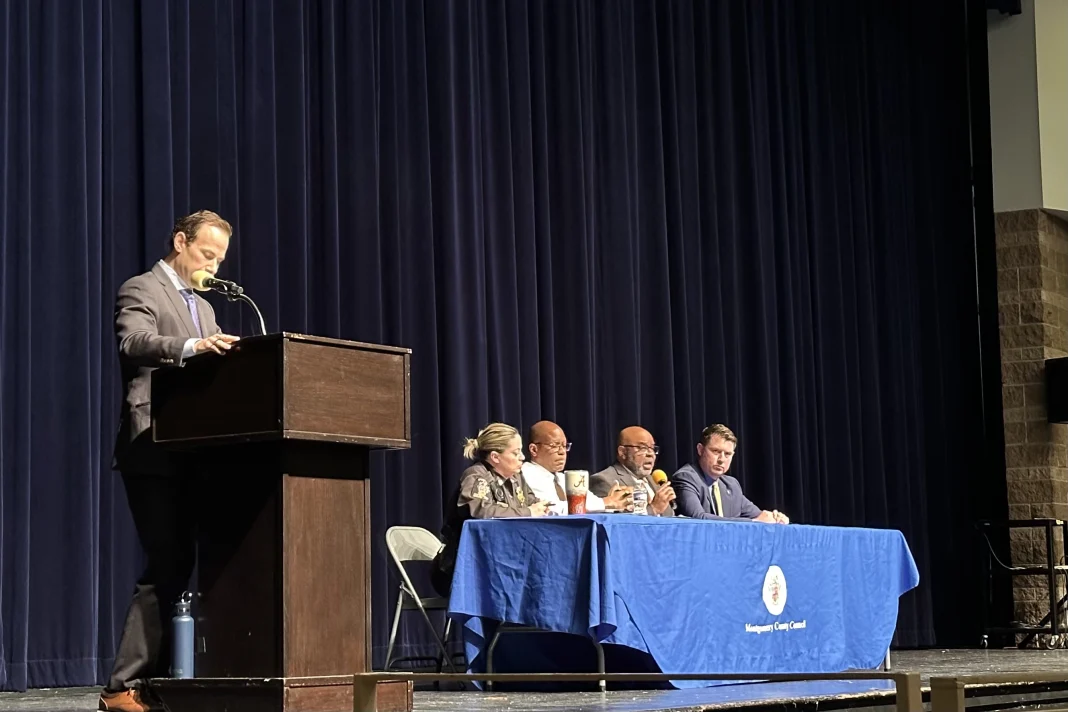Three letters, one test. The SAT. For lucky test takers, this dreaded test that is imperative for college admissions is completing transforming in spring 2016.
In early March, College Board announced that it will change the entire structure of the test that millions of students have been tirelessly preparing for for years. These changes include the exclusion of obscure vocabulary words, the elimination of the guessing penalty and the return to the original 1600 point scale. In addition, the essay will be optional and will require passage analysis skills that are more applicable in college.
This new SAT is a more reasonable judgment of students’ actual skill level and will be beneficial to test takers. They won’t have to endure countless hours of studying because their school curriculums will already thoroughly cover the topics and required strategies.
Also, College Board aims to create a more effective test that better assesses what students learn in school. This helps create equal opportunities for all test takers to get a good score, regardless of the amount of expensive prep. The new test is more reflective of knowledge rather than wealth.
In spring 2015, College Board will partner with online tutoring website Khan Academy to offer students free SAT preparation for the new version of the test. Currently, parents are spending an average of $100 to $200 per hour on private SAT tutoring, which gives the more affluent students an unfair advantage.
In Maryland, the percent increase of ACT takers was 78 percent while the percent increase of SAT takers was only six percent. In order to compete with the ACT, which has grown exponentially in popularity, the SAT is scaling back its difficulty.
The old SAT takes off one-fourth of a point for each wrong answer. However, the new test has no guessing penalty, just like the ACT, which means test takers no longer have to be afraid to take a shot and guess.
Furthermore, the new SAT doesn’t include the notorious, unconventional vocabulary that it used to. Instead of words like “concomitant” and “ignominious,” the new SAT will include everyday conversational words students will encounter in college like “empirical” and “synthesis.” New vocabulary words on the test will be more practical and related to what students will use in school and in conversation.
College Board will also allocate 50 minutes for the optional essay, which is double the amount of time given for the essay on the old test. Increasing the essay time is practical because it is unreasonable to ask students to write a quality essay in 25 minutes. The old essay followed a certain structure, and test takers were given better scores by the inclusion of eccentric vocabulary words and longer essays that included specific examples and facts to support the prompt, regardless of their accuracy. The old test didn’t assess students’ writing skills, but only their ability to fill in a predetermined essay structure with personal anecdotes and quotes that may not even be factual.
The new essay will utilize skills learned in English class, like analyzing a passage for tone and purpose. It also mirrors writing assignments in college, prepping students’ level of college-readiness.
Although students might lack incentive to write this optional essay, they may be motivated by the idea of showing colleges that they made the effort to show off their range of skills as much as possible by taking advantage of the optional section.
Students who are taking the revamped SAT in 2016 will be given all sorts of benefits from this renovation, making students who are stuck with the current SAT envious that they will not be able to take the new test. They will actually be tested for college readiness and won’t have to bear the unfair components of the old, detested SAT.







